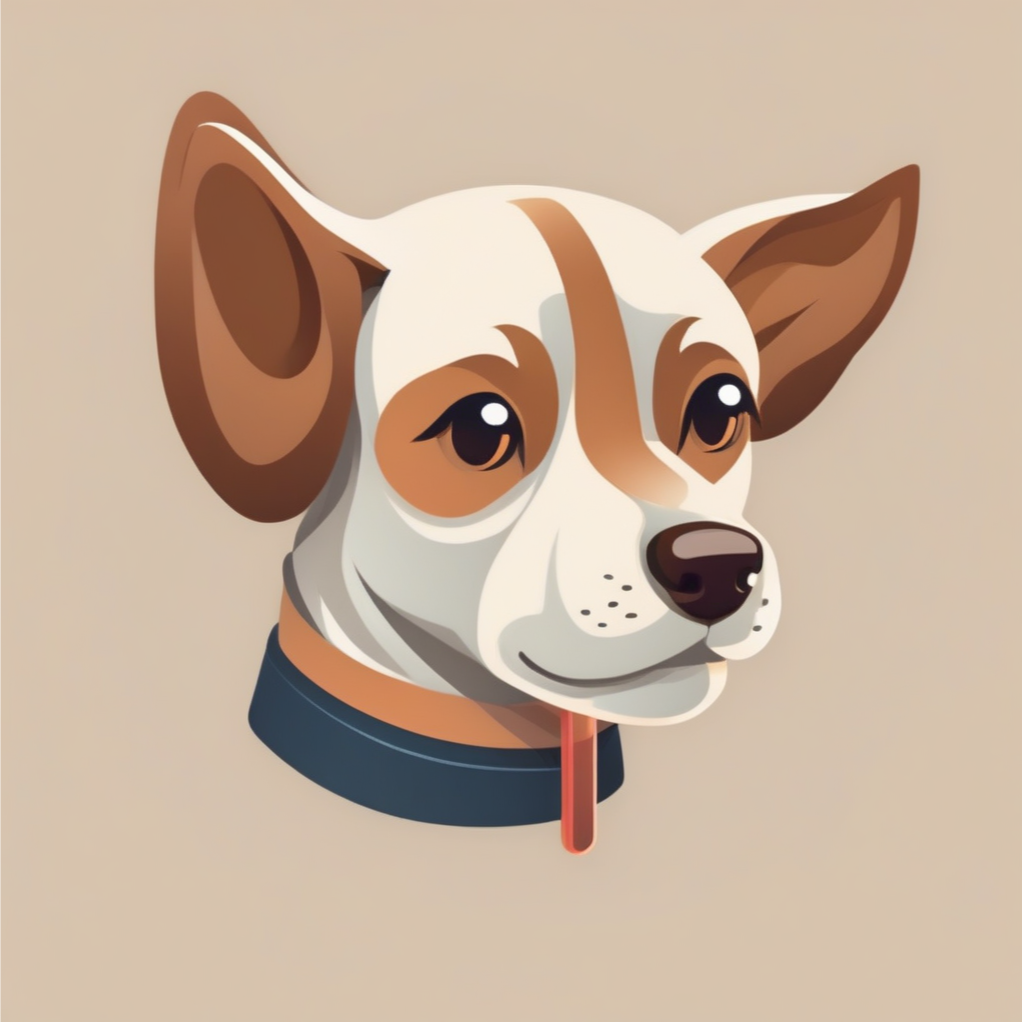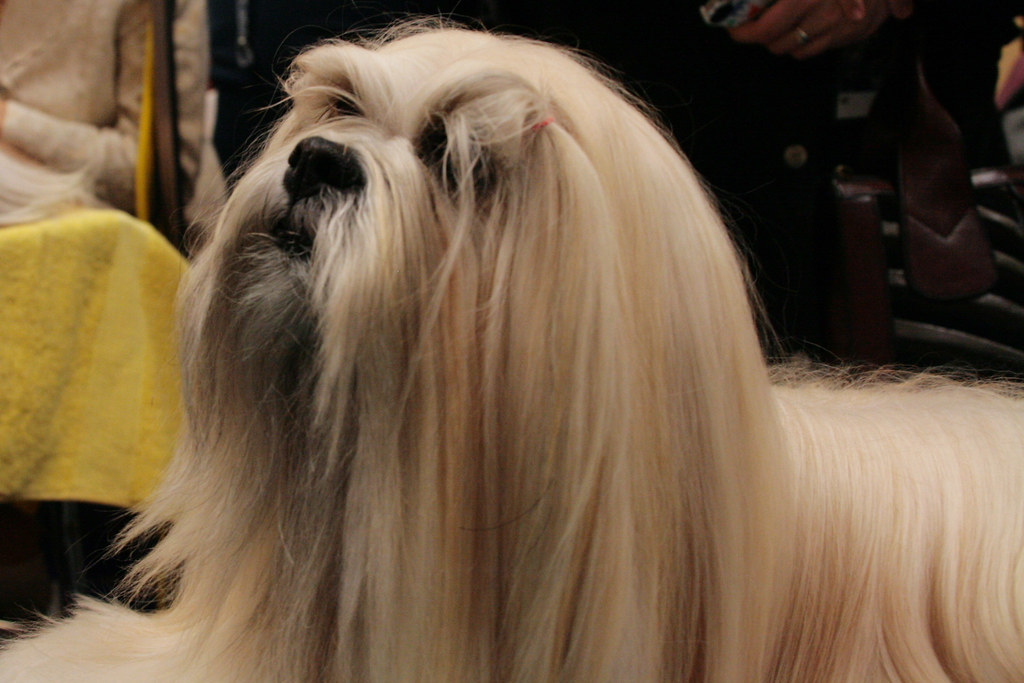In the enchanting realm of long-haired dogs, the mesmerizing visual appeal comes at the cost of considerable upkeep. Keeping their coats in top-notch condition demands dedicated care, necessitating regular trips to the dog grooming salon. However, it’s equally crucial to embrace a meticulous home grooming routine to guarantee the well-being and mat-free beauty of their flowing locks. This blog offers a thorough exploration of long-haired dog grooming, delivering valuable advice for both professional grooming salon visits and effective at-home care practices.
WHAT CONSTITUTES A LONG-HAIRED COAT?
Long-haired coats, found in specific breeds, are known for their lengthy, flowing nature, with some cascading to the floor. The thickness and texture of these coats can vary, ranging from fine and silky to thicker and coarser. Proper brushing is crucial for the health of their coat, and home grooming, including breed-specific dog grooming, is essential for long-haired dogs. Groomer visits are recommended every 6-8 weeks to maintain optimal coat health.
COMMON LONG-HAIRED DOG BREEDS:
Dogs with long-haired coats come in diverse shapes and sizes, spanning breeds like Yorkshire Terriers to Old English Sheepdogs. Some examples include Lhasa Apso, Shih Tzu, Maltese, Yorkshire Terrier, Havanese, and more.
PROS AND CONS OF LONG COATS:
The visual charm of well-groomed long-haired breeds, reminiscent of models in shampoo advertisements, is undeniable. Consistent grooming guarantees that their dog coat types flow gracefully. However, overlooking coat maintenance can result in lackluster and matted fur, causing discomfort for the pet. Long coats are beneficial for warmth in winter but may present challenges in warmer months, potentially giving rise to heat-related issues. Furthermore, the coat, while providing protection, can attract pests and make it more challenging to detect skin issues or abnormalities.
LONG-HAIRED COAT GROOMING:
Effective long-haired coat grooming involves a combination of salon visits and consistent home care. Grooming sessions typically include a specialized conditioning shampoo, brushing with appropriate tools, and personalized cutting based on preferences, lifestyle, and season. Finishing touches like bows and bands add a polished look. Regular skin checks and foot maintenance are crucial due to the challenges posed by the long coat.
HOME MAINTENANCE FOR LONG COATS:
Besides regular groomer visits, a strict at-home grooming regimen is essential to prevent matting. Daily brushing, attention to matted sections, and the use of appropriate grooming products like shampoo, conditioner, and anti-static spray are crucial. Owners may opt for a more practical, shorter coat, especially if their dog won’t be participating in shows.
GROOMING TIPS FOR OTHER COAT TYPES:
The blog also provides insights into grooming other coat types, including wiry, combination, wool, and smooth coats. Each type requires specific techniques and maintenance routines, with tailored advice available for various breeds.
In conclusion, whether dealing with long-haired breeds like Shih Tzu or other coat types, understanding the unique grooming needs of each is essential for ensuring a healthy and happy pet.
FAQs related to Long-Haired Dog Breeds
- What do groomers use for long-haired dogs? Groomers typically use a combination of slicker brushes, combs, thinning shears, and clippers to manage and style the coat of long-haired dogs. The specific tools may vary based on the dog’s breed and individual coat characteristics.
- How do you groom a dog with a long coat? Grooming a dog with a long coat involves regular brushing to prevent matting, bathing as needed, trimming the hair around sensitive areas like ears and paws, and occasionally using clippers for a full-body trim. It’s essential to be gentle and patient during the process.
- How often do long-haired dogs need to be groomed? The frequency of grooming for long-haired dogs depends on factors like the breed, activity level, and individual coat characteristics. In general, long-haired dogs may need grooming every 4-6 weeks, but some breeds may require more frequent attention.
- How do you trim a dog with long hair? Trimming a dog with long hair involves using scissors or clippers to maintain an even length, especially in areas prone to matting. It’s crucial to be cautious, start with small cuts, and focus on areas like the paws, ears, and around the tail.
- Should you cut long hair dogs? Regular trimming is essential for long-haired dogs to prevent matting, reduce shedding, and maintain overall hygiene. However, cutting excessively or too short may affect the dog’s insulation and protection, so it’s important to strike a balance.
- Should you clip long-haired dogs? Clipping long-haired dogs is a common practice, especially in warmer climates, to keep them comfortable and manage their coat. However, the decision to clip should be based on the dog’s breed, individual needs, and consultation with a professional groomer or veterinarian.

